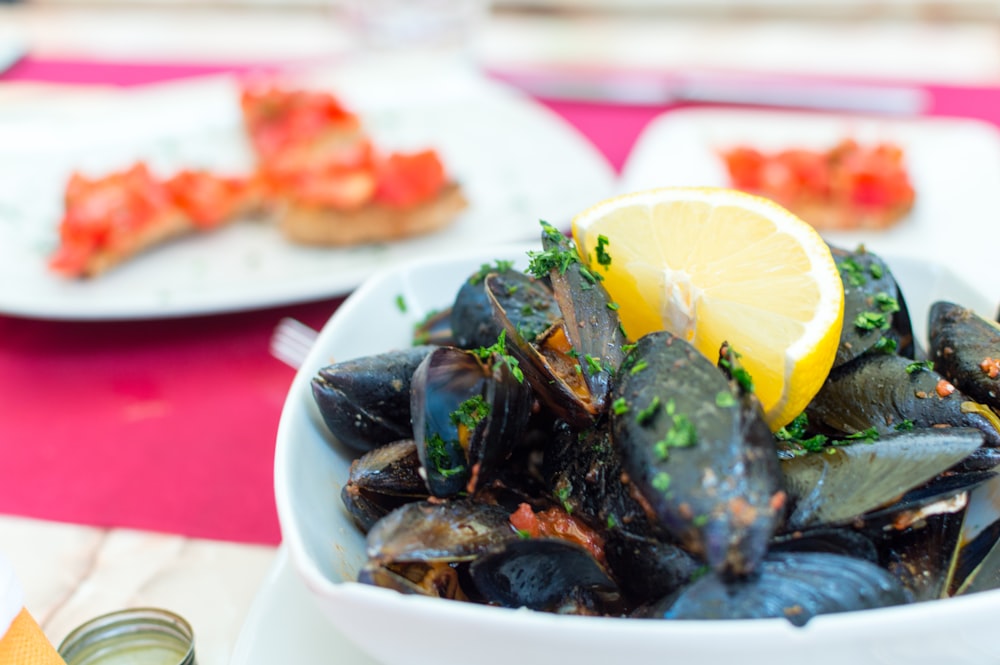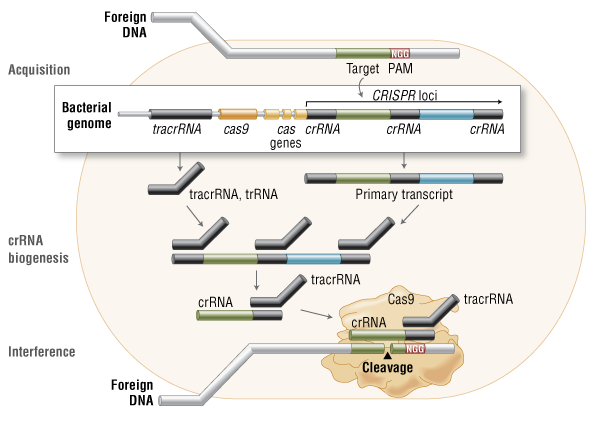Introduction:
Sustainable seafood choices are increasingly becoming a priority for conscientious consumers who want to enjoy their favorite dishes without harming the environment. With concerns about overfishing and the depletion of marine resources, it’s essential to make informed decisions when it comes to selecting seafood. In this article, we’ll explore the importance of sustainable seafood choices and provide tips on how to make eco-friendly decisions when dining out or cooking at home.
Understanding Sustainability:
Before delving into sustainable seafood choices, it’s crucial to understand what sustainability entails. Sustainable seafood refers to fish and other marine species that are harvested in a manner that ensures their populations remain healthy and resilient over time. This involves considering factors such as fishing methods, catch limits, and the impact on marine ecosystems. By choosing sustainable seafood, consumers can support responsible fishing practices and help preserve marine biodiversity.
The Importance of Responsible Fishing:
Irresponsible fishing practices, such as overfishing and destructive fishing methods, can have devastating consequences for marine ecosystems. Overfishing can deplete fish populations, disrupt marine food chains, and lead to the decline of vulnerable species. Additionally, certain fishing techniques, such as bottom trawling, can damage sensitive habitats like coral reefs and seagrass beds. By opting for sustainably harvested seafood, consumers can encourage fisheries to adopt more responsible fishing practices and minimize their ecological footprint.
Certifications and Labels:
One way consumers can identify sustainable seafood is by looking for certifications and labels from reputable organizations. These certifications indicate that the seafood has been sourced from fisheries or aquaculture operations that meet specific sustainability standards. For example, the Marine Stewardship Council (MSC) certifies fisheries that adhere to strict criteria for sustainable fishing practices. Similarly, the Aquaculture Stewardship Council (ASC) certifies responsible aquaculture operations that minimize environmental impact and prioritize animal welfare.
Seasonality and Locality:
Another factor to consider when choosing sustainable seafood is seasonality and locality. By opting for locally sourced seafood that is in season, consumers can reduce their carbon footprint and support small-scale fishermen in their communities. Additionally, choosing seafood that is abundant and in season helps prevent overexploitation of vulnerable species and promotes biodiversity. By choosing seafood that is both sustainable and locally sourced, consumers can enjoy fresh, flavorful dishes while supporting their local economy and the environment.
Alternative Options:
In addition to traditional seafood choices, consumers can also explore alternative options that are both nutritious and environmentally friendly. Plant-based seafood alternatives, such as algae-based proteins and plant-based fish fillets, offer a sustainable alternative to conventional seafood products. These alternatives provide the taste and texture of seafood without the environmental impact associated with traditional fishing practices. By incorporating more plant-based seafood alternatives into their diets, consumers can reduce their reliance on unsustainable seafood sources and support the growth of the sustainable food industry.
Educating Consumers:
Ultimately, promoting sustainable seafood choices requires education and awareness among consumers. By raising awareness about the importance of sustainable fishing practices and providing information about certification programs and labeling schemes, consumers can make more informed decisions when purchasing seafood. Additionally, restaurants and retailers can play a role in promoting sustainable seafood choices by offering certified sustainable options and transparent sourcing information to their customers. By working together to promote sustainable seafood choices, consumers, businesses, and fisheries can help protect marine ecosystems and ensure a healthy future for seafood resources. Read more about Sustainable seafood choices


